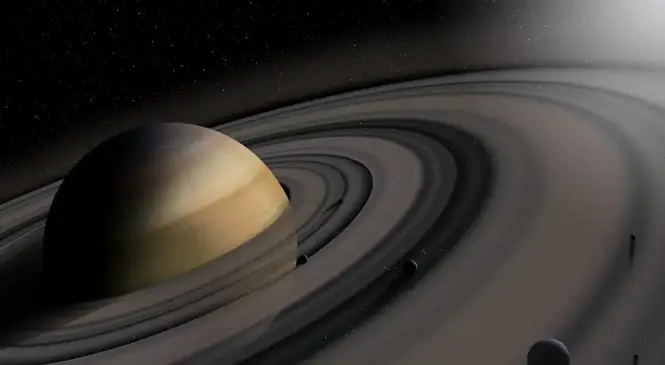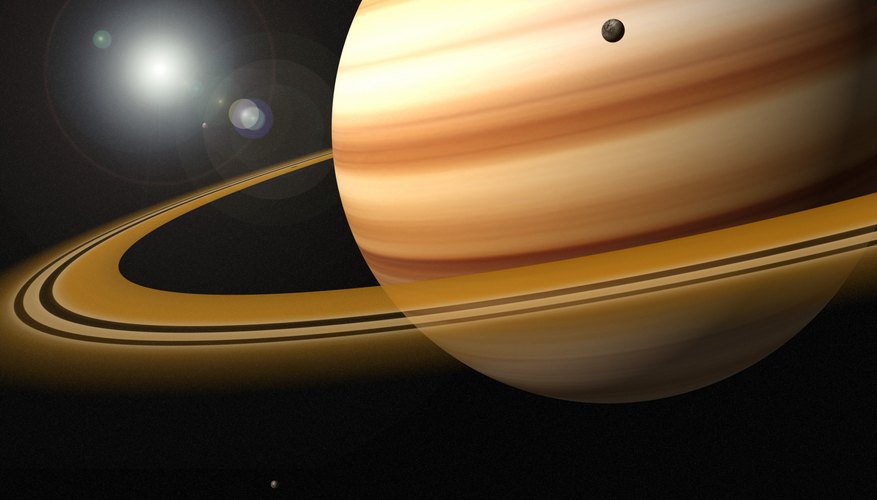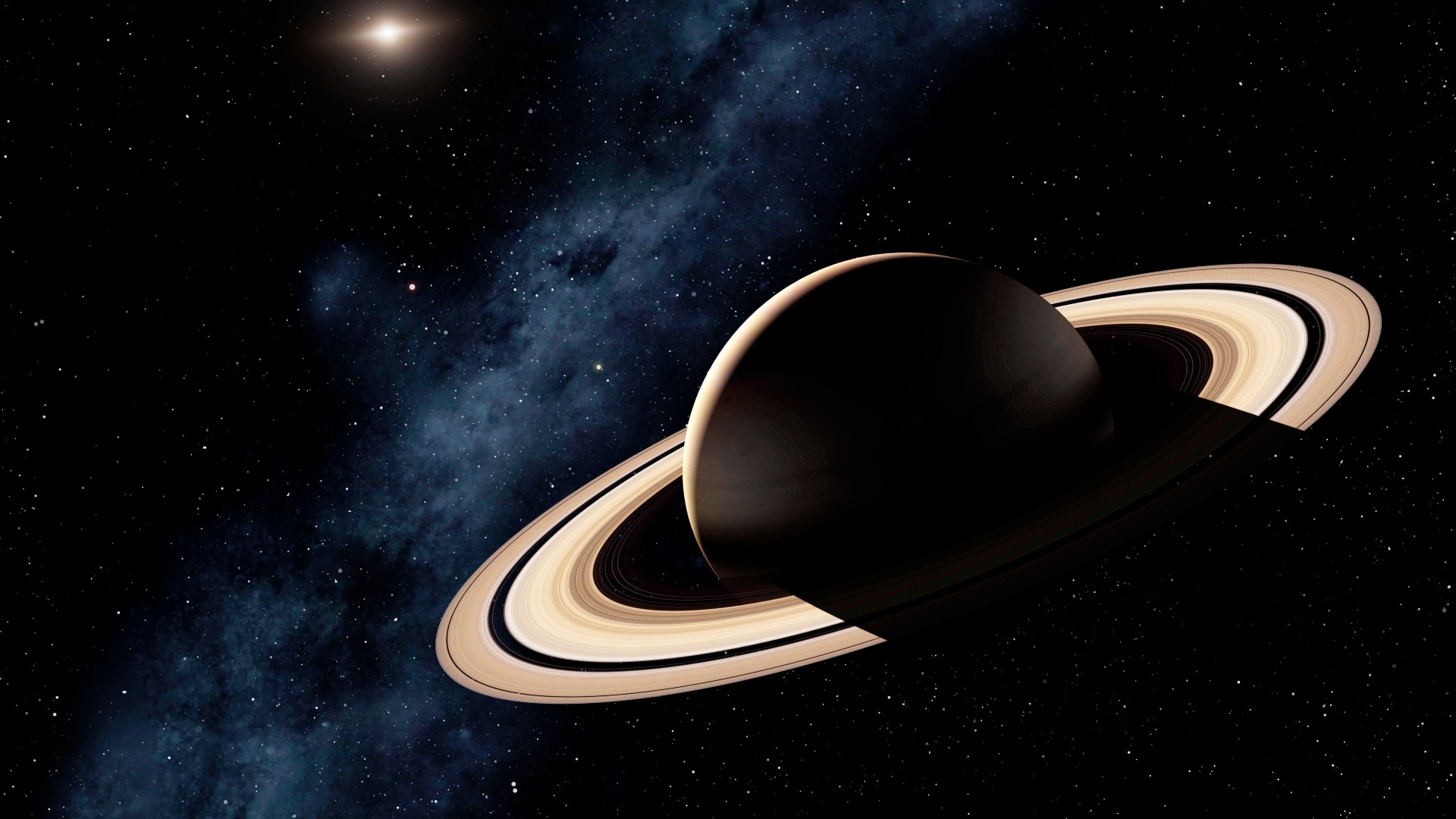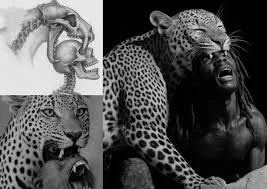For decades, scientists have been searching for the origin of Saturn’s rings. Many renowned scientists have proposed several concepts behind the formation of Saturn’s iconic rings. However, newer studies have continued to unveil more fascinating facts about how the ring system was created. New research suggests that Saturn’s rings might have come into existence around 100 million years ago after the planet’s gravity destroyed one of its icy moons. The new study also revealed that the creation of these iconic rings led to the outward migration of Titan, and likely created a resonance that stands between Saturn’s rotation and Neptune’s orbit.

How Scientists Discovered The Actual Age Of Saturn Rings
After Galileo Galilee discovered the Saturnian system in 1610, the scientific community has been attracted to the beauty of Saturn’s rings and its moons. Over the years, many planetary scientists began to study the second biggest gas giant and its iconic rings using telescopes. Some of these astronomers believed that Saturn’s rings were as old as its parent planet. In fact, many planetary scientists believed in this idea until the 20th century.

In the 1980s, two renowned scientists, Peter Goldreich that worked at Caltech, and Scott Tremaine of MIT conducted research to determine when Saturn rings were formed. They estimated the velocity of icy particles in particles that made up Saturn rings, and how often they wear each other down and collide as well. Goldreich and Tremaine concluded this research by revealing that Saturn’s rings were formed around 100 million years ago.
That discovery gave birth to a new era of astronomy. However, some planetary scientists still doubted that discovery. When NASA crashed the Cassini spacecraft into Saturn in 2017, scientists discovered more detailed proof of the ring’s young age. The Cosmic Dust Analyzer of Cassini Spacecraft was used to estimate the infall of interplanetary dust that made up Saturn’s rings. The spacecraft also measured the mass of the glorious rings and discovered that only about one percent of them exist as dust particles.
This implies that the rings are likely not more than 100 million years old. But some planetary scientists doubted this new discovery and believed that the dust particles may be drizzling out of the ring system to make them appear younger.
What Scientists Learned From This New Study
A team of scientists led by Jack Wisdom of the Massachusetts Institute of Technology (MIT) conduct this latest study and discovered a unique physical mechanism that improved our knowledge about the eccentricity of Saturn’s largest moon, Titan, and the tilt of Saturn’s rotational axis. The study also estimates the actual age of Saturn’s rings to be close to 100 million years.
At first, Wisdom and his team concentrated on learning about Saturn’s tilt, and they noticed the 27° tilt of its spin axis. Scientists had earlier believed that Saturn once had a small tilt just like other gas giants after it was formed. However, an impact with a protoplanet might have increased Saturn’s tilt to 27°. But Wisdom and his team shared a different opinion about Saturn’s title.
“You can’t tilt Saturn over that much with the size of impactors that are believed to have been present,” Wisdom says, countering the idea that a giant protoplanet might have knocked out Saturn from its previous small tilt.

Wisdom and his team believed that Saturn got its tilt due to peculiar synchronicity. This has to do with the precession of Saturn’s spin axis and the style it wobbles in space following a specific rhythm.
In 2020, Cassini scientists conducted research that showed how Saturn’s largest moon, Titan is moving away from Saturn by 11 centimeters every year. Wisdom and his team proved how Titan’s migration and Saturn-Neptune resonance might have caused Saturn’s tilt to adjust within 1 billion years.
Conclusion
This recent study about Saturn’s rings has significantly improved our knowledge about astronomy. Another study once suggested that Saturn is loosing its rings. Future studies will likely make our scientists understand more interesting facts about Saturn, its iconic rings, and moons. What do you think about this latest discovery?





